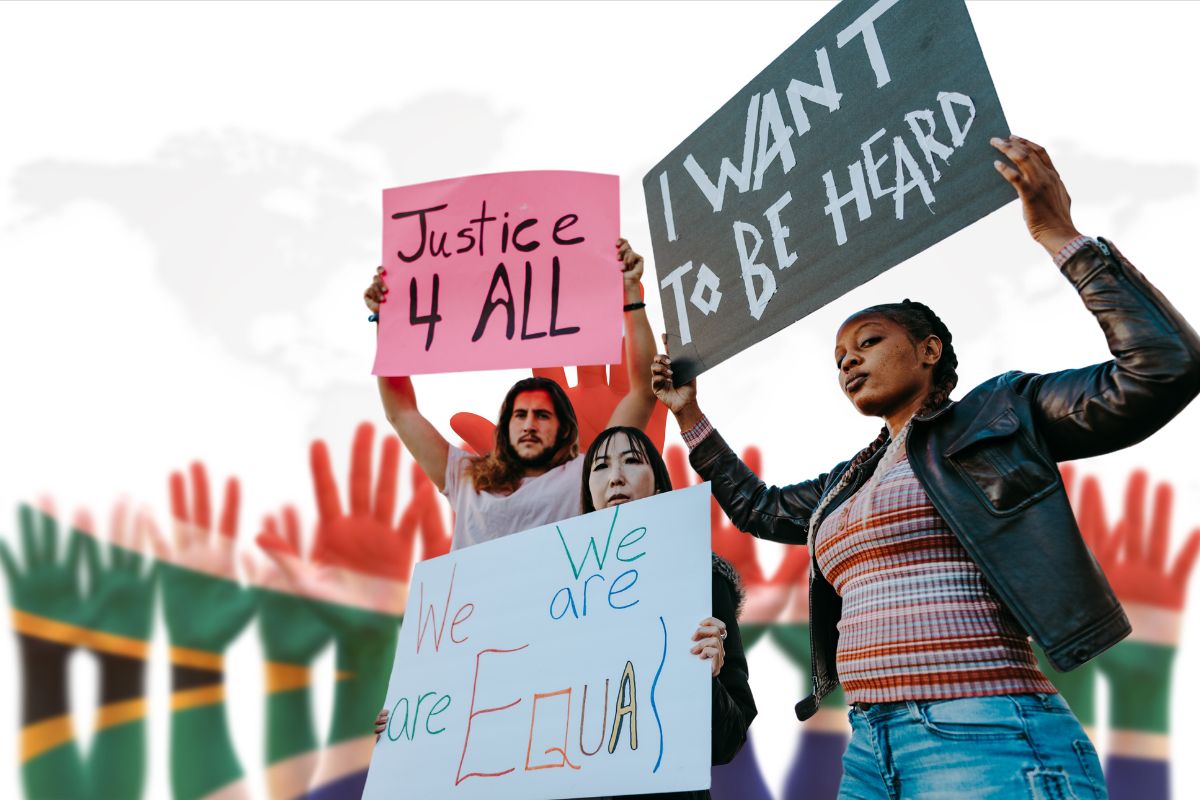
Mobilize Public Support for Human Rights
Speaking up for human rights isn’t only about policies and laws—it’s about people. It’s about families seeking safety, workers demanding fairness, and communities asking to be heard. To create lasting change, voices on the ground matter just as much as voices in power. That’s why building public support is key.
When more people care about human rights, the pressure to act grows stronger. Decision-makers pay attention. Media coverage increases. Resources follow. But getting that support means doing more than just raising awareness—it means connecting, listening, and organizing.
Why Public Support Matters for Human Rights Work
- Public support makes it harder for violations to go unnoticed or unchallenged.
- When people understand what’s at stake, they’re more likely to vote, donate, or show up.
- It creates a safety net for defenders, activists, and communities under threat.
Change doesn’t only come from courtrooms or parliaments. It also starts with neighbors sharing a post, students starting a petition, or workers standing together. That’s where momentum begins.
Start with Stories, Not Statistics
Facts matter, but stories move people. A graph showing forced evictions may be true, but a mother explaining how her home was bulldozed often has more impact.
To mobilize support, human rights groups should center lived experiences. Use clear, honest language. Show the person behind the policy. Let those affected speak for themselves when possible.
Short videos, personal blog posts, and community-led campaigns make space for empathy. They also cut through noise online, where attention spans are short and images scroll fast.
Use Everyday Language
Not everyone speaks legal or policy jargon. Talking about international treaties or enforcement mechanisms may lose people who otherwise care.
Instead, use terms that connect to daily life. Talk about safety, fairness, dignity, and respect. Explain how rights are not abstract ideas but things people live with—or without—every day.
This helps make human rights feel close, not far away. It turns interest into action, because the issues sound personal—not just political.
Build Local Partnerships
No campaign grows without trust. That means working with people already organizing in their neighborhoods—teachers, union reps, local leaders, or faith groups.
They often know the pulse of the community. They can speak in ways that feel natural and grounded. Most importantly, they can help carry the message long after a campaign ends.
Partnerships also make work stronger. Local groups may offer insights national organizations miss. They may flag risks early, or help tailor outreach that reflects language, history, and culture.
Connect Online and Offline
Social media gets a lot of attention, but street-level efforts still matter. Flyers, workshops, film nights, or art events can open conversations in places where posts don’t always reach.
At the same time, digital platforms let messages spread fast. A strong photo or a powerful quote can circle the globe in minutes.
The key is to make sure online energy fuels real-world impact. Ask people not just to like a post—but to sign a pledge, attend a forum, or talk with someone new. Make it easy to go from reading to doing.
Make Space for Youth Leadership
Young people are not just the future—they’re active now. Students often lead some of the boldest calls for justice. They organize walkouts, challenge school policies, and raise funds for causes far beyond their borders.
Supporting young leaders means giving them tools, trust, and platforms. It means listening to their ideas without controlling their voice.
Youth-led organizing has a unique energy. It brings hope and creativity. It also expands movements to new places—cafeterias, classrooms, and social networks where change is just beginning.
Respond to Current Events
People often feel a sense of urgency when something major happens—a protest, a court case, or a crisis. These moments bring more eyes, more questions, and often, more willingness to act.
Human rights organizations can use these windows to explain the deeper story. Why did this happen? Who’s at risk? What can be done?
Providing clear, grounded responses helps shape public understanding. It also positions human rights as part of the solution—not just an abstract idea, but a lens through which to see the news.
Invite, Don’t Shame
Some people hesitate to speak out because they’re afraid of saying the wrong thing. Others feel unsure where they fit in.
Inviting people into the conversation—rather than calling them out—builds broader coalitions. It creates space for learning and growth.
Of course, clear lines must be held when harm occurs. But in most cases, encouragement works better than criticism. A movement that welcomes questions is one that grows.
Celebrate Small Wins
Changing laws or winning a case is huge—but so is getting 30 neighbors to sign a letter, or seeing a local school revise its rules.
Celebrating these wins helps people feel that their efforts matter. It reminds them that progress isn’t always dramatic, but it’s still real.
When public support feels meaningful and noticed, it sticks. People stay involved because they see results—big and small.
Keep the Focus on People
At the heart of human rights work is a belief that every person matters. That no one is disposable. That dignity isn’t optional.
Mobilizing support means bringing others into that belief. It means showing that these values aren’t only for campaigners or lawyers—they belong to everyone.
When people care, they speak up. When they speak up, change happens. That’s the power of public support. And that’s how human rights move forward—one voice, one action, one story at a time.
